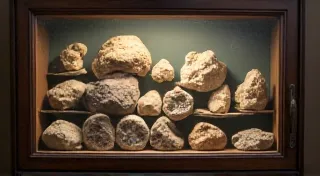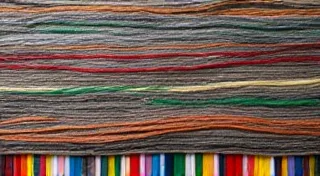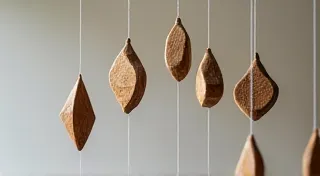From Folio to Favour: Tracing the Evolution of the Bookmark’s Form and Function
The humble bookmark. Often overlooked, easily misplaced, yet possessing a quiet history interwoven with the evolution of reading itself. It’s more than just a place-holder; it’s a silent witness to countless journeys through literature, a tiny artifact reflecting the tastes and craftsmanship of bygone eras. As a collector of vintage bookmarks, I've found that each one holds not just a story of its own creation, but a whisper of the reader who once held it, turning the pages of a treasured book.
The Pre-Bookmark Era: Ribbons, Leaves, and Fingers
Before the formalized bookmark as we know it existed, readers relied on improvisation. Think about it: the very act of reading required marking one’s place. Early methods were as simple as folding the corner of a page, utilizing a pressed flower, a slip of fabric, or even using a twig found nearby. Imagine a monk in a medieval scriptorium, pausing his transcription, and placing a simple piece of vellum to mark his progress. These weren't intended as decorative objects, of course – their purpose was purely functional. For centuries, a finger, carefully positioned, often served as the primary bookmark. It's a habit some readers still maintain!
The Dawn of Decoration: Silk Ribbons and Embroidered Markers
The 16th and 17th centuries saw a gradual shift. As books became more widespread, and reading increasingly associated with status and refinement, a desire for something more elegant emerged. Silk ribbons, often embroidered with intricate designs – floral motifs, heraldic symbols, even miniature portraits – began to appear. These were frequently tied directly to the spine of the book, blending functionality with a touch of personal flair. The quality of the silk, the intricacy of the embroidery, all hinted at the owner's position in society. These early ‘bookmarks’ were often passed down through families, becoming treasured heirlooms alongside the books they safeguarded.
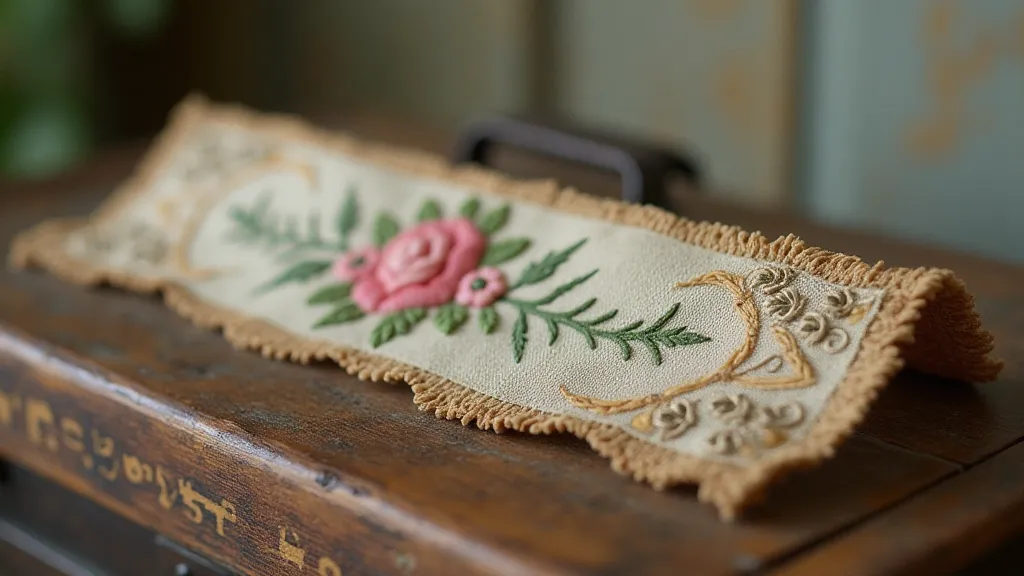
I remember finding one such ribbon, tucked inside a first edition of *Paradise Lost*. The silk was frayed at the edges, the embroidery slightly faded, but the artistry was undeniable. It transported me instantly to a time of candlelight and leather-bound volumes, a world far removed from the digital screens that dominate our lives today. The artistry and precision involved in creating such pieces truly underscores the evolving nature of decorative arts and how they are employed in unexpected places, like marking one’s place in a beloved tome.
The 18th and 19th Centuries: The Rise of Printed Bookmarks
The 18th century witnessed a significant change with the advent of printing. Publishers began producing small, decorative cards to be inserted into new books – the first true mass-produced bookmarks. These ranged from simple printed designs to more elaborate engravings, often featuring literary illustrations or advertisements. The Victorian era, particularly, saw a boom in bookmark production, reflecting the era's love for sentimentality and ornamentation. Metal bookmarks, often crafted from brass or silver, became popular, sometimes featuring engraved poems or personal messages.
The introduction of chromolithography in the mid-19th century allowed for even more vibrant and detailed designs, leading to a proliferation of colorful, often quite ornate bookmarks. Businesses, too, recognized the promotional potential of bookmarks, using them to advertise their products and services. These bookmarks offer a fascinating window into the commercial landscape of the past, showcasing the goods and services that were available to consumers. The rise of these promotional items also illustrates a crucial shift – a movement away from purely functional markers toward objects imbued with meaning and design, as thoroughly explored in The Alchemist’s Touch: Transforming Ordinary Paper into Bookmark Art. The process of transforming seemingly ordinary paper into these intricate designs is itself a testament to the artistry involved.
The Golden Age of Bookmarks: Materials and Craftsmanship
The late 19th and early 20th centuries are often considered the “golden age” of bookmarks. This era saw an incredible diversity of materials and techniques employed. Leather bookmarks, embossed with intricate designs or personalized initials, became a popular choice. Mother-of-pearl bookmarks, with their lustrous sheen, were prized for their beauty and elegance. Even celluloid, a relatively new material at the time, found its way into bookmark production, allowing for the creation of intricate, three-dimensional designs.
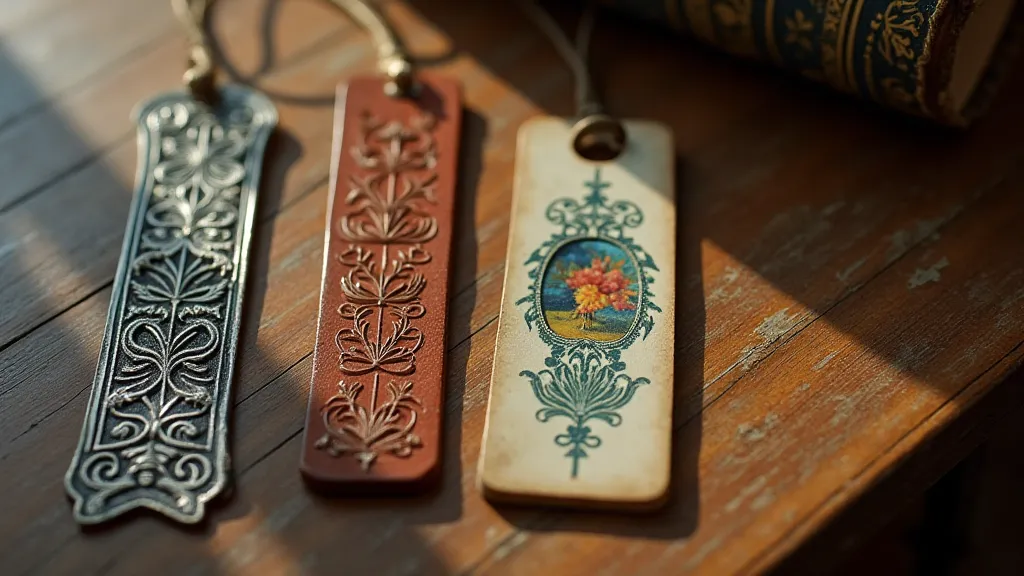
The craftsmanship of these bookmarks is truly remarkable. Many were handmade, with painstaking attention to detail. The quality of the materials, the precision of the engraving, the artistry of the design - all attest to a level of dedication that is rarely seen in mass-produced items today. Holding one of these bookmarks, you can almost feel the presence of the artisan who created it, the pride they took in their work. The deliberate choice of colours and symbolic imagery frequently present on these bookmarks speaks volumes about the aesthetic sensibilities of the time, something further illuminated in The Cartographer of Memory: Tracing Literary Journeys Through Bookmark Collections. Just as a cartographer guides us through a map, these bookmarks help navigate our reading adventures.
Beyond Decoration: Bookmarks as Ephemera and Historical Records
For the dedicated collector, vintage bookmarks are far more than just decorative objects. They are valuable pieces of ephemera, offering a glimpse into the history of printing, advertising, and popular culture. A seemingly insignificant bookmark can reveal surprising details about a bygone era - the products that were being sold, the literary tastes of the time, the social norms and values that shaped society.
I’m currently researching a collection of bookmarks from the early 1900s that were distributed by a local bookstore. These bookmarks, printed on thin cardstock, not only advertise the bookstore’s offerings, but also provide a fascinating record of the community’s reading habits. They’re a tangible link to the past, a reminder that even the smallest objects can hold significant historical value. The transformation of simple paper into miniature works of art is a process of alchemy in its own right, akin to the explorations of artisans documented in The Alchemist’s Touch: Transforming Ordinary Paper into Bookmark Art.
Preserving the Past: Care and Collecting Insights
Preserving these delicate pieces of history requires a gentle approach. Avoid direct sunlight, which can fade colors and damage materials. Store bookmarks flat, preferably in acid-free sleeves or boxes. Handle them with clean hands or wear cotton gloves to prevent damage from oils and dirt. If a bookmark is fragile or damaged, resist the temptation to repair it yourself – consult with a professional conservator who can provide expert advice.
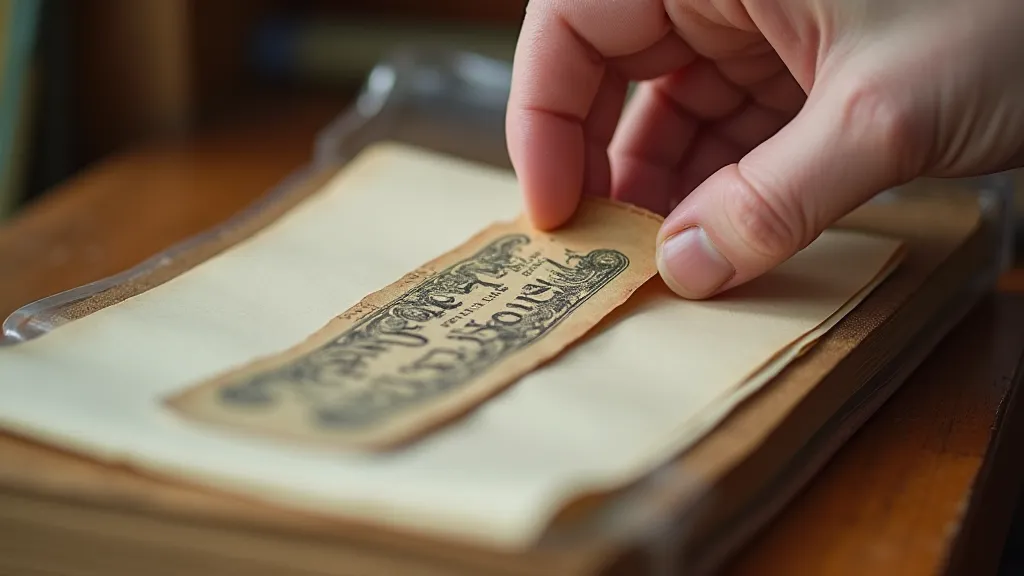
As a collector, I’m always on the lookout for unique and interesting examples. Antique shops, flea markets, and online auctions are all good sources. Don’t be afraid to specialize – focus on a particular era, material, or theme. And most importantly, enjoy the process of discovery. Each vintage bookmark tells a story, and it’s a privilege to be a part of its continuing narrative. The way these bookmarks guide us through narratives, much like a cartographer uses a map, is a fitting metaphor for their function and appeal, explored in detail in The Cartographer of Memory: Tracing Literary Journeys Through Bookmark Collections.
Beyond the history and aesthetics, the collecting of bookmarks can be a deeply rewarding hobby. It's a chance to connect with the past, to appreciate the artistry and craftsmanship of bygone eras, and to build a collection that tells a story of its own. There's a certain joy in discovering a rare or unusual bookmark, a feeling of uncovering a hidden treasure. It's a pursuit that combines history, art, and a love of reading – a perfect blend for anyone who appreciates the finer things in life.
And while the digital age has undoubtedly changed the way we read, the humble bookmark continues to hold a special place. The process of preserving and understanding these small pieces of history is akin to the work of curators, diligently documenting and showcasing these treasures for future generations.
The journey of collecting these nostalgic fragments is a pursuit that connects us to a rich tapestry of artistic creation.
